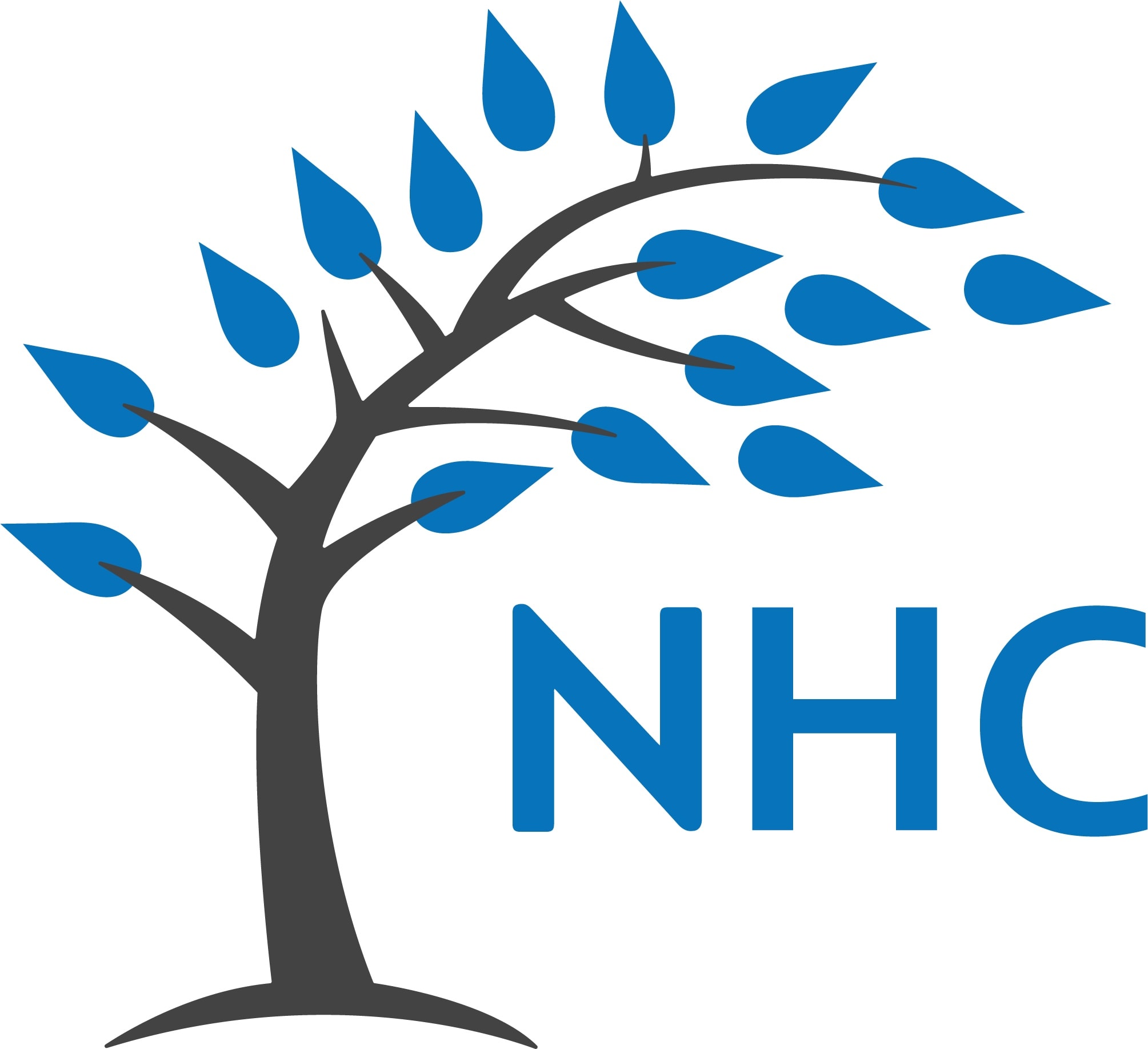Introduction to acupressure
.
Simple but powerful finger pressure techniques have been part of the traditional healing systems of Japan, China and India. Pressure point therapies are based on an understanding of the human body as a dynamic organism that flows with the energy of life – the vital force. When the energy flow becomes blocked or is out of balance, it‘s easy for diseases to occur. When the flow is balanced, your body’s natural defences are strong and good health can more easily be maintained.
Ancient physicans believed this life energy flowed in channels known as meridians, along each of which are numerous points – the Acupuncture / Acupressure points. This extract from Natural Healthcare College’s ‘Naturopathy for You’ introductory course will explain how, by applying gentle but firm pressure to the points, it’s possible for you to adjust an imbalance to support your health.
Although palpable on the skin, these pathways also run internally via the organs and diverge into even smaller branches, in this way taking the energy to every cell of your body. The network of twelve meridians extends throughout your body. They are divided into pairs with those on the right and left sides of your body being identical, mirror images of one another – one being the yang or ‘hollow’ organ, the other being the yin or ‘solid’ organ. Six pairs run through your arms and onto your torso and six pairs run up your legs and onto your trunk. They represent the major organs and systems of your body. The six arm meridians are:
L = Lung
SI = Small intestine
H = Heart
PC = Pericardium (protecting the heart)
TW = Triple Warmer (the abdominal cavity, which maintains internal heat)
LI = Large Intestine
The leg meridians are:
GB = Gall bladder
Bl (or UB) = Bladder
K = Kidney
LV = Liver
ST = Stomach
SP = Spleen and Pancreas
Yin and Yang
There are additionally two unpaired meridians that run up the midline of your body, front and back. They are not associated with any particular organ but are reservoirs for the energy of yin and yang, the two opposite yet complementary elements of the life force that are said to be constantly fluctuating in dynamic balance.
Yin / Yang basically represent the two sides of everything in the universe. Everything has both a front and a back, neither of which can exist without the other. Similarly in nature, everything has both yin and yang qualities – nothing is totally one or the other. Yin is associated with the dark side of a slope, having qualities such as darkness, moon, cold, rest, responsiveness, femininity. Yang can be compared to the sunny side of the slope, being associated with warmth, sun, brightness, activity, movement, excitement, masculinity. The Chinese symbol for Yin / Yang illustrates that yin and yang interpenetrate one another and contain the seed of the other.
The GV (Governor Vessel) is an unpaired meridian that links your spinal column, nervous system and brain, running from your tail bone up your back and over the top of your head to the centre of your upper lip. Its chief purpose is to govern all the yang meridians in your body. The CV (Conception Vessel) is also unpaired, being the yin equivalent of the GV. It is linked to your digestive and reproductive systems and flows up the front of your body from a point between the genital organs and the anus to your lower lip.
Feeling the energy
Over time and with practice it’s possible for us to develop an intuitive sense of the vital energy, feeling it in our hands and fingers. Try the following exercise. Hold your arms out in front of you, with your elbows slightly bent and your hands facing one another but at an angle of around 45 degrees i.e. not with the hands perpendicular to the floor. Hold this position for a few seconds and then allow one hand to drop a little then put it back to its original position. Let it drop and return again. Can you feel any difference? Many people will notice a surge of energy, tingling or warm sensations when their hands are facing each other that disappear when the hand is dropped down.
Here are a couple of examples of acupressure points.
LI 3 (Liver 3). This is an important point for alleviating stress and preventing ch’i stagnation in the body. This point is on the top of your foot, between the big toe and second toe. Starting at the web between the two, slide your index finger up between the bones until you find a slight depression about 1cm up. With your index finger, press between the bones (in the direction of the base of the second toe). As this point can be very sensitive, start off with light pressure and gradually increase. Maintain the pressure for one minute.
GB 20 (Gall-bladder 20). This point can be particularly useful for relieving headaches and colds or a stiff neck. Start with your thumbs on your earlobes and then slide them back towards the centre of your neck, finishing with the thumbs about one thumb width above your hairline. Your thumbs will find a depression on both sides of the vertebrae of the neck, at the base of the skull. The point is located in these depressions. Using medium to firm pressure, hold for one minute of more.
Contact Us
If you’d like to find out more about the Natural Healthcare College then please do get in touch using this contact form. If you’re ready to get started then you can contact us for an application form.
